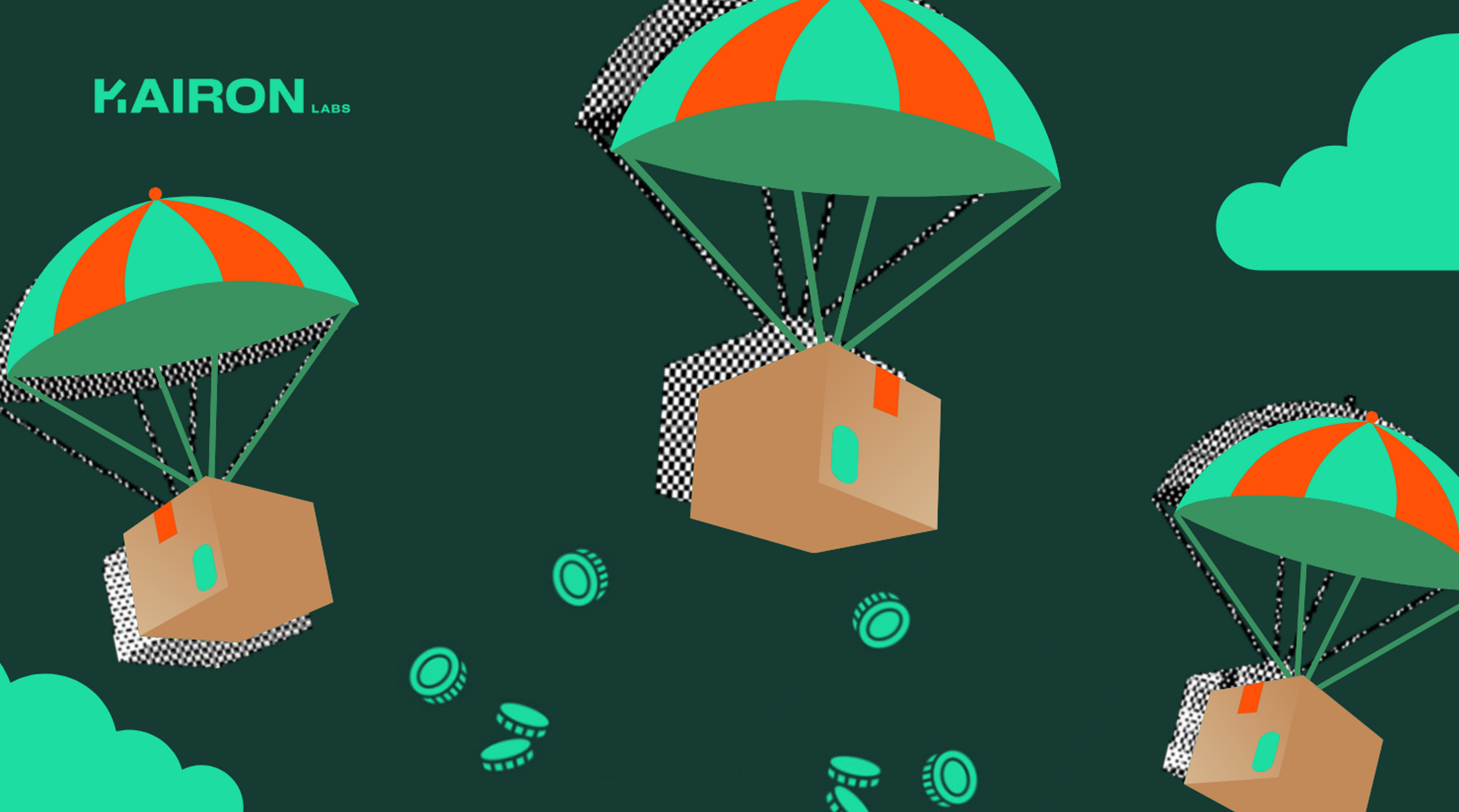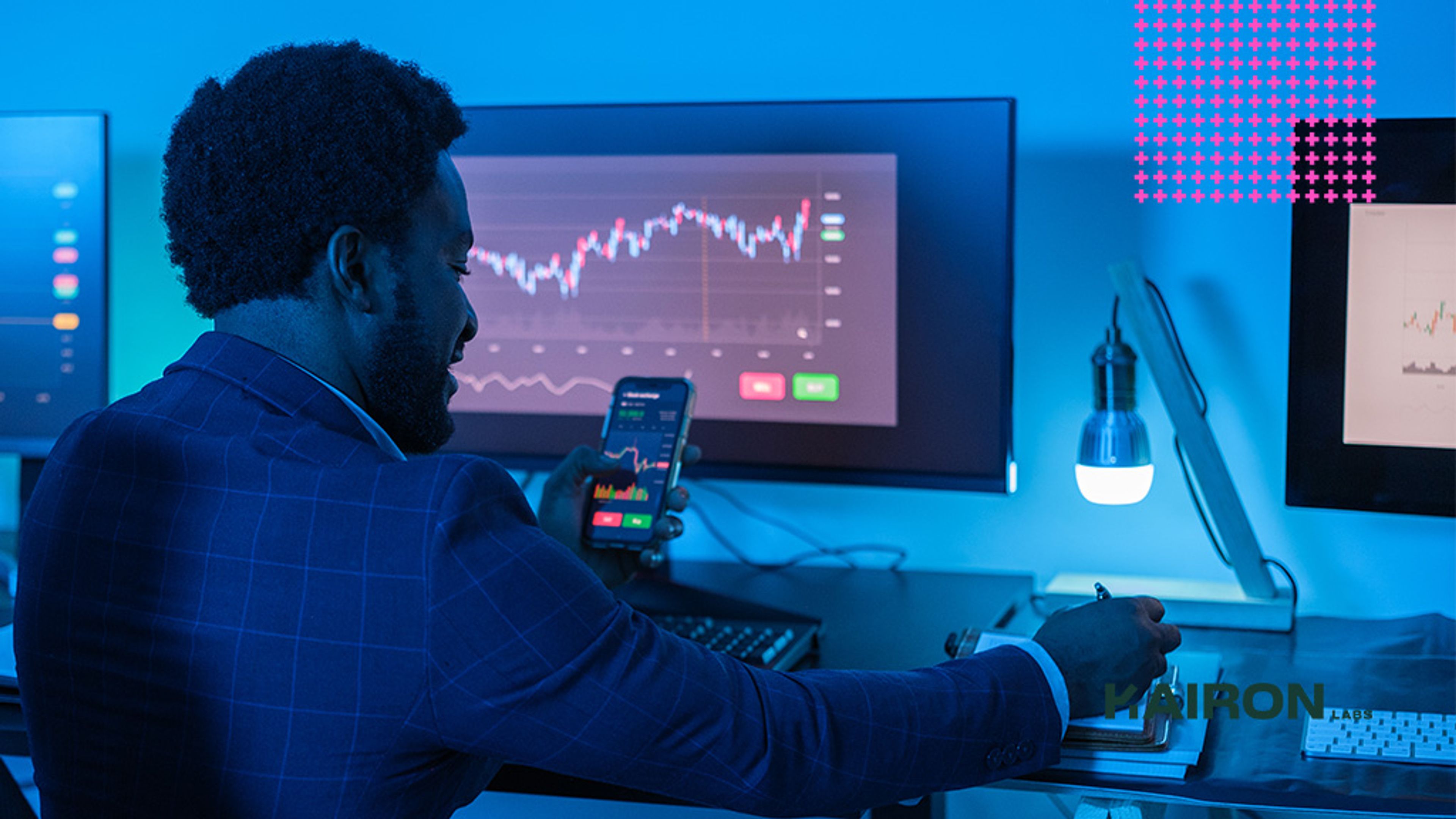
Crypto Market Making 101: Slippage & Slippage Tolerance
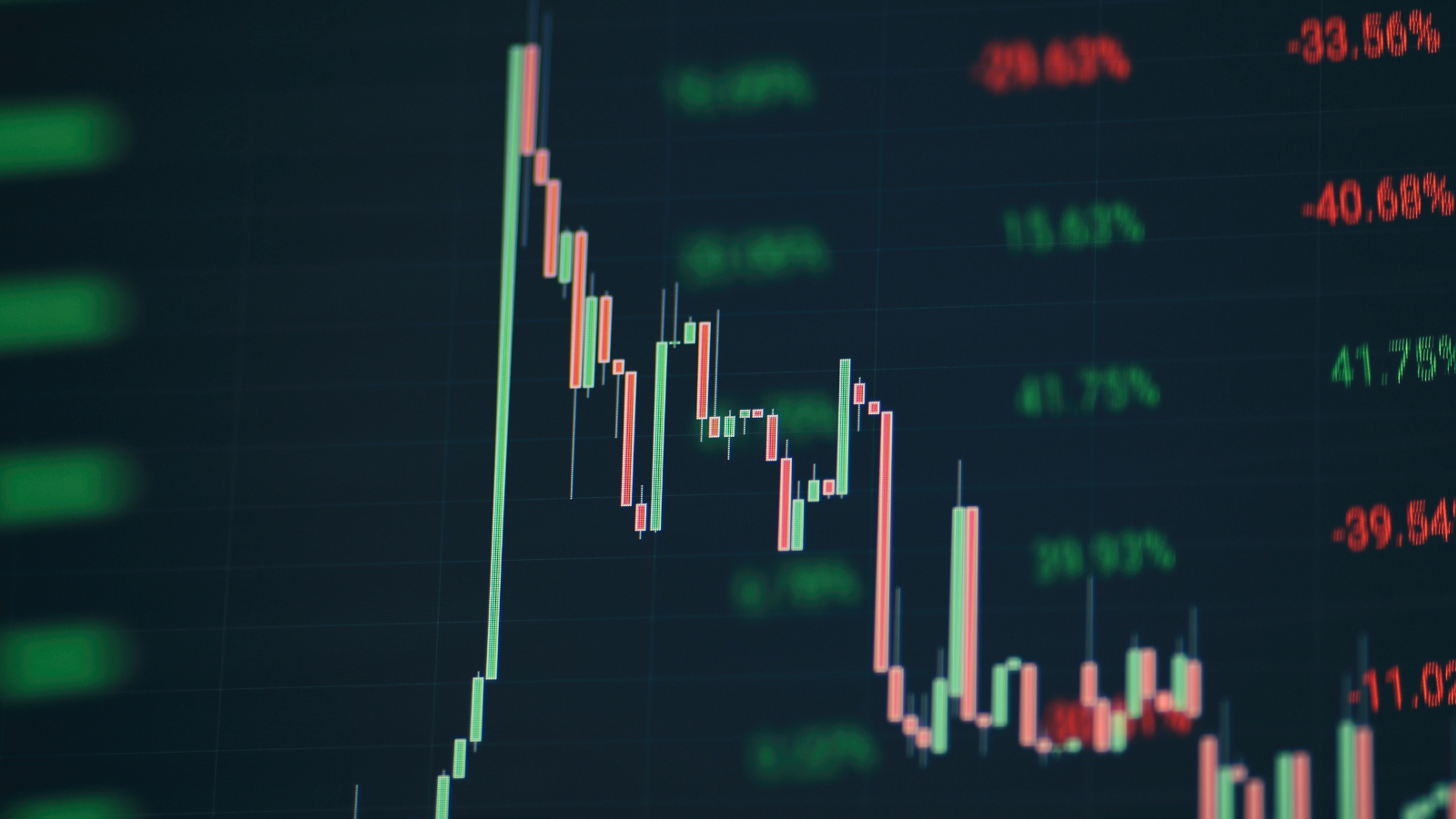
The bear market is the perfect time to learn the basics of crypto trading and earn some quick wins in small trades. In this sense, we are here to guide you into some trading terms you need to know to start your journey.
As you get more involved with trading, you might have heard the terms "slippage" and "slippage tolerance" being thrown around in discussions about market making. But what do they actually mean and how do they affect your trading strategy? Let's dive into it in detail.
What is "Slippage" in Crypto?
Slippage refers to the difference between the expected price of a trade and the actual executed price of the trade.
In other words, it's the difference between the price you intended to buy or sell an asset for and the price at which the trade was actually executed. This can happen due to a number of factors, such as sudden market fluctuations, low liquidity, and network congestion. For example, let's say you wanted to buy 1 BTC for $50,000, but due to sudden market volatility, the actual executed price ends up being $50,500. In this case, the slippage would be $500, or 1% of the intended trade amount.
Image originally used by ig.com
Why Does Crypto Slippage Happen?
Slippage can occur in any trading market, including cryptocurrencies. However, it tends to be more prevalent in markets with low liquidity, high volatility, and low trading volume. In the crypto market specifically, slippage can be caused by a number of factors, such as:
- Low liquidity: When there are fewer buyers and sellers in the market, it can be difficult to execute large trades without affecting the price of the asset. This can result in a higher slippage rate.
- High volatility: The crypto market is notoriously volatile, with prices fluctuating rapidly over short periods of time. This can cause slippage to occur if the price of an asset changes suddenly while a trade is being executed.
- Network congestion: In times of high trading volume, the blockchain network can become congested, leading to slower transaction processing times and potential price changes while trades are being executed.
What is Slippage Tolerance?
Slippage tolerance refers to the maximum amount of slippage that a trader is willing to accept when executing a trade. It's an important consideration for market makers, who need to balance the potential profit of a trade with the risk of high slippage rates.
For example, if a trader sets a slippage tolerance of 1%, they are willing to accept a difference of up to 1% between the intended trade price and the executed trade price. If the slippage rate exceeds this threshold, the trade will not be executed.
Setting a slippage tolerance is an important part of risk management in trading, as it helps to protect traders from unexpected price changes and market fluctuations.
What is Positive and Negative Slippage?
Positive Slippage:
Positive slippage happens when a trade is executed at a better price than the one initially intended. This typically occurs in fast-moving markets where prices fluctuate rapidly. For example, if a trader places a buy order at $100 for a certain cryptocurrency but due to sudden market movement, the order is executed at $99 instead, they experience positive slippage. Positive slippage can result in increased profits for traders, as they effectively enter or exit a position at a more favorable price than anticipated.
Negative Slippage:
Conversely, negative slippage arises when a trade is executed at a worse price than intended. This can happen during times of high volatility, low liquidity, or when placing large orders that exceed the available liquidity in the market. For instance, if a trader places a sell order at $100 but due to market volatility, the order gets filled at $98, they experience negative slippage. Negative slippage can erode potential profits or amplify losses for traders, especially if they rely on precise execution of their orders.

Why Should You Avoid Excessive Slippage?
As a trader, you should aim to avoid excessive slippage because it can significantly impact your trading profitability and overall portfolio performance. Here are a few reasons why:
- Increased Trading Costs: When slippage occurs, the actual cost of the trade is higher than what you had initially intended, resulting in increased trading costs. These additional costs can reduce your overall trading profitability, and make it more challenging to achieve your financial goals.
- Reduced Trading Accuracy: Slippage can also result in trades that are less accurate than you had intended, which can lead to missed profit opportunities and increased losses. This is especially true for high-frequency traders who rely on fast and accurate execution to generate profits.
- Increased Risk: Slippage can also increase the risk of trading, as unexpected price changes and market fluctuations can cause the execution price to be significantly different from the intended trade price. This can result in significant losses, especially in highly volatile markets.
- Reduced Trading Confidence: Consistent slippage can also reduce your overall trading confidence, making it more challenging to execute trades effectively and make informed trading decisions.
How Can I Manage Excessive Slippage While Trading?
Managing slippage in trading requires a combination of proactive risk management strategies and technical solutions. Here are a few tips to help you manage slippage in your trading activities:
- Set Realistic Trading Goals: To manage slippage effectively, it's important to set realistic trading goals that take into account the potential for slippage. For example, if you are trading in a highly volatile market, you may need to adjust your profit expectations to account for potential slippage.
- Use Limit Orders: One effective way to manage slippage is to use limit orders, which allow you to specify the maximum price you are willing to pay for a security. This can help to prevent your orders from being executed at unfavorable prices due to sudden market movements.
- Set Stop-Loss Orders: Another effective strategy for managing slippage is to set stop-loss orders, which allow you to specify the maximum amount of loss you are willing to tolerate on a trade. This can help to limit your potential losses in the event of unexpected market movements.
- Monitor Market Conditions: To manage slippage effectively, it's important to stay informed about market conditions and monitor for signs of potential price movements. This can help you to adjust your trading strategies and minimize the impact of slippage on your trades.
- Use Trading Tools: There are a number of trading tools available that can help you manage slippages, such as trading algorithms and execution software. These tools can help you to execute trades quickly and accurately, reducing the potential for slippage.
- Manage Risk: Finally, to manage slippage effectively, it's important to manage your overall risk exposure. This means diversifying your portfolio, setting risk limits, and being disciplined about your trading activities.
By implementing these strategies, you can minimize the impact of slippage on your trading activities and achieve greater profitability and consistency over time. Remember that slippage is an inherent risk of trading, and it's important to approach it with a proactive and disciplined mindset to achieve success in the markets.
Kairon Labs provides upscale market-making services for digital asset issuers and token projects, leveraging cutting-edge algorithmic trading software that is integrated into over100+ exchanges with 24/7 global market coverage. Get a free first consult with us now at kaironlabs.com/contact
Kairon Labs provides upscale market-making services for digital asset issuers and token projects, leveraging cutting-edge algorithmic trading software that is integrated into over 100+ exchanges with 24/7 global market coverage. Get a free first consult with us now at kaironlabs.com/contact
Featured Articles


What Is Bitcoin Halving and How to Prepare For It
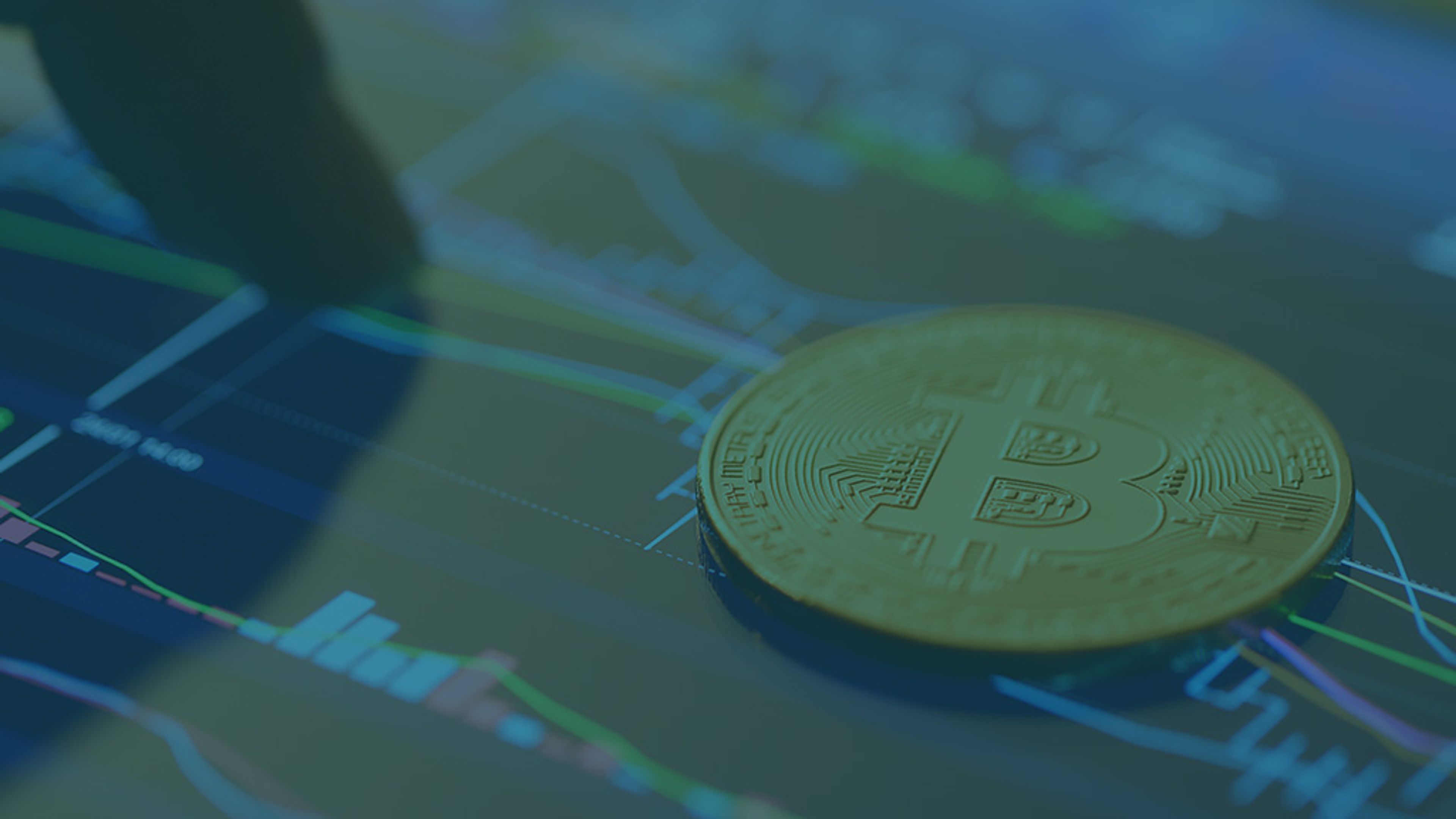
Bitcoin Halving Aftermath: Post-Halving Trends to Expect
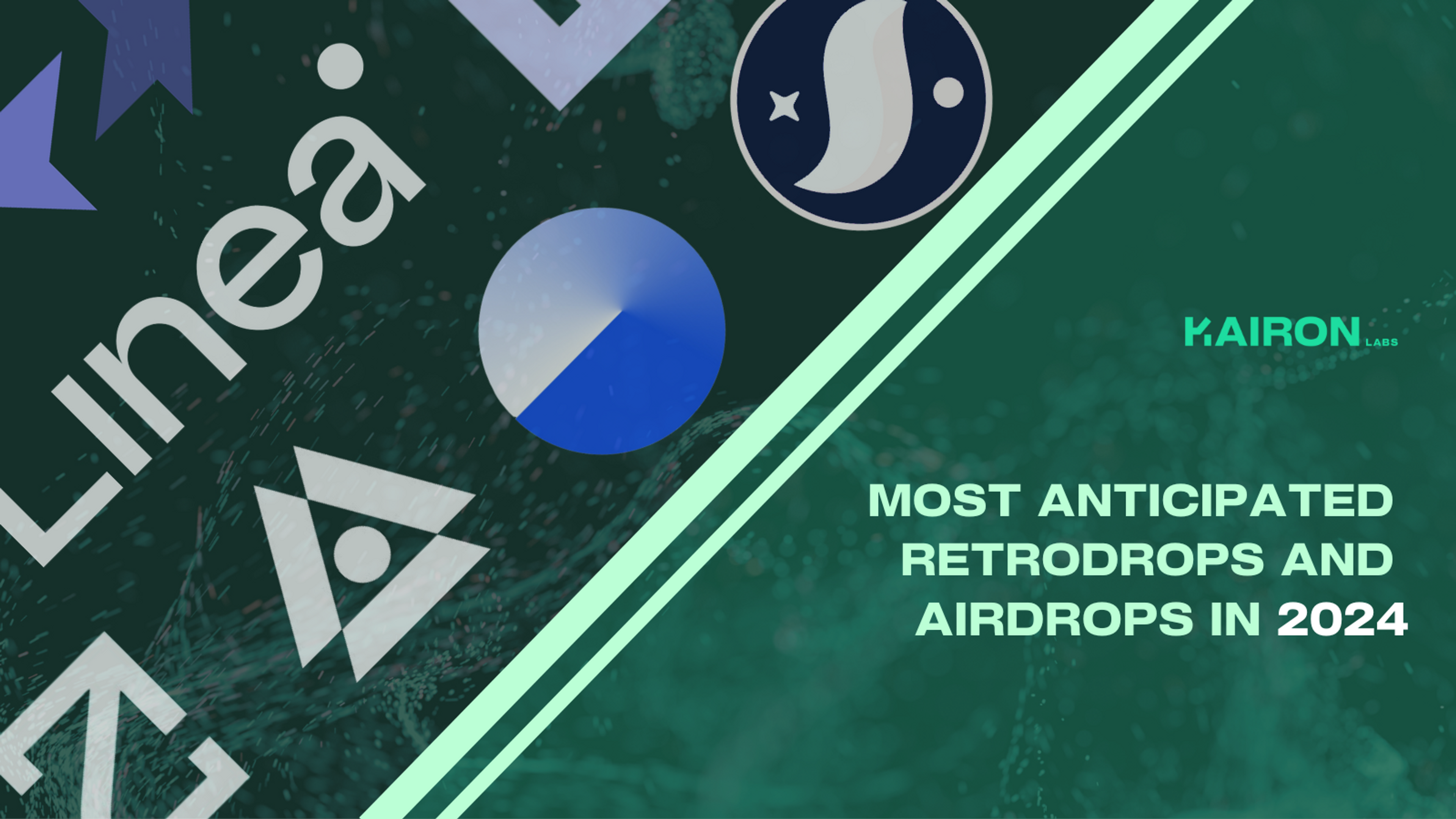
Most Anticipated Retrodrops and Airdrops in 2024

Crypto Bull Run Hottest Altcoins: Meme Coins, GameFi, AI
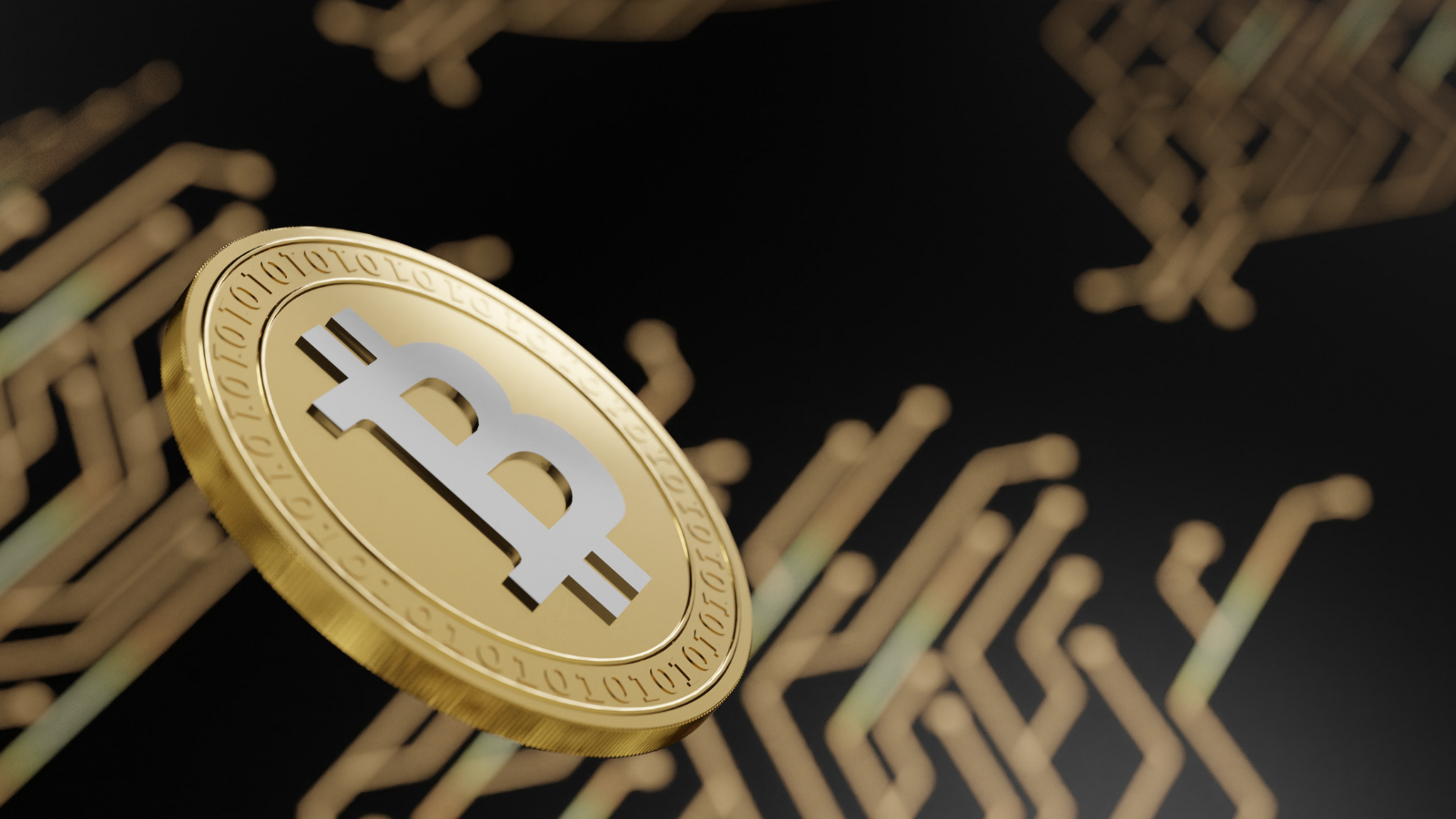
Launching a Token 101: Why is Liquidity Important?
